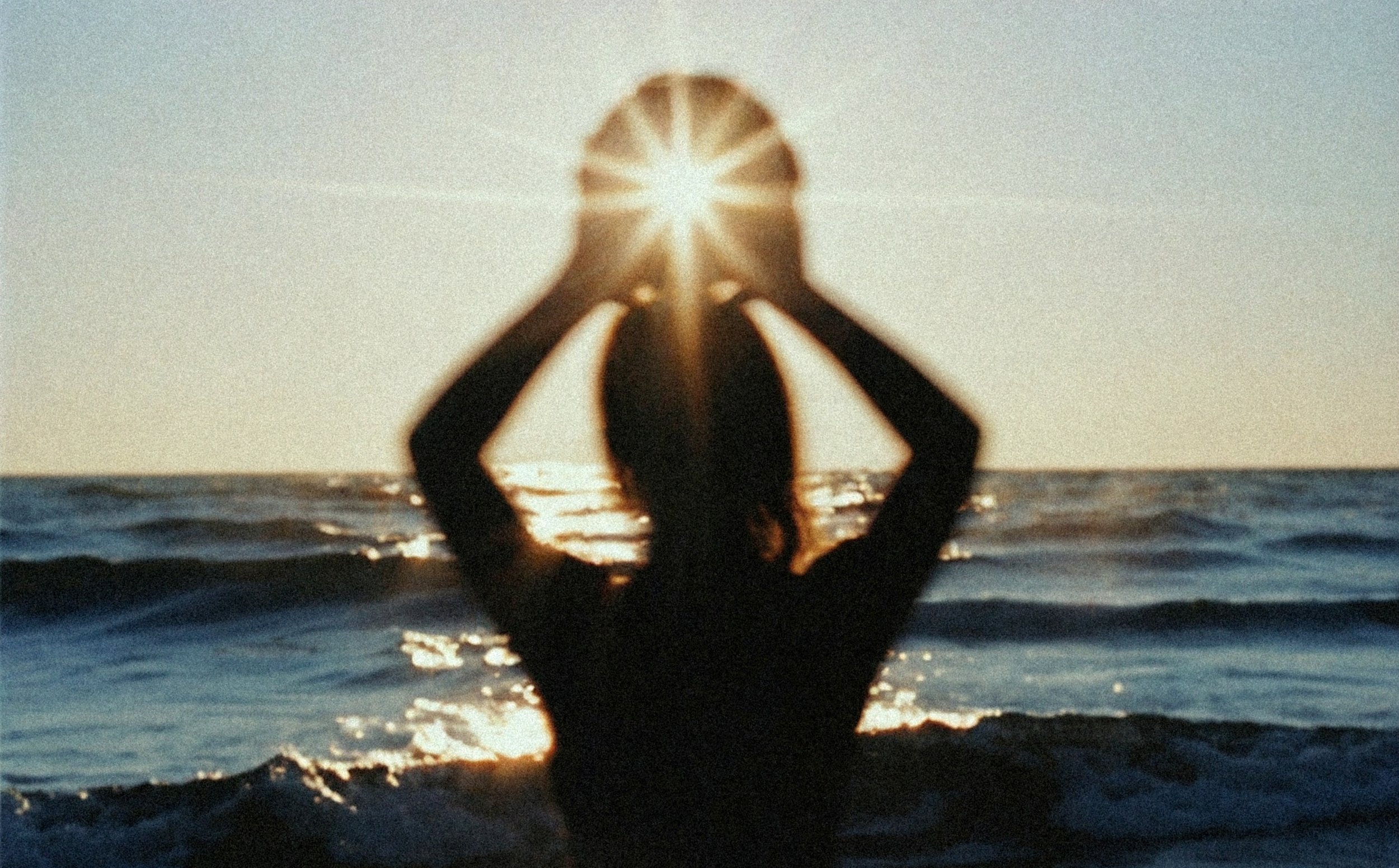Understanding the Chakras: A Simple Guide to Your Energy Centers
If you've ever been curious about chakras but felt overwhelmed by all the information out there, you're not alone. Chakras are often talked about in spiritual, wellness, and healing circles, but many people struggle to grasp what they really are. In this post, we're going to break down the basics of chakras in the easiest way possible. Let’s dive into the main seven chakras, and how they relate to your body, mind, and spirit.
What Are Chakras?
In simplest terms, chakras are energy centers in your body. The word “chakra” comes from Sanskrit and means “wheel” or “disk,” referring to the spinning vortexes of energy that help regulate physical, emotional, and spiritual well-being. Think of them like energy highways, connecting different parts of your body and influencing how you feel.
When your chakras are balanced, you feel healthy, grounded, and aligned. But when they’re blocked or out of sync, you may experience physical or emotional issues. There are many chakras in the body, but today we’re focusing on the main seven. Each of these corresponds to a different area of the body, color, and function.
The 7 Main Chakras
Root Chakra (Muladhara)
Location: Base of the spine
Color: Red
Element: Earth
Purpose: Grounding and survival
The root chakra is your foundation, just like roots are the foundation of a tree. It connects you to the earth, keeping you grounded and secure. When it’s balanced, you feel safe, stable, and secure in life. If it’s blocked, you might feel anxious or struggle with basic needs like money, housing, or health.
Balanced Root Chakra: You feel stable, grounded, and secure.Make it stand out
2. Sacral Chakra (Svadhisthana)
Location: Lower abdomen, just below the navel
Color: Orange
Element: Water
Purpose: Creativity and pleasure
The sacral chakra is your center of emotion, creativity, and sexual energy. When it's in balance, you’re able to express yourself freely, enjoy life's pleasures, and connect with others. If it’s blocked, you may struggle with creative blocks, emotional instability, or even low libido.
Balanced Sacral Chakra: You feel emotionally open, creative, and in tune with your desires.
3. Solar Plexus Chakra (Manipura)
Location: Upper abdomen, near the stomach
Color: Yellow
Element: Fire
Purpose: Confidence and power
The solar plexus chakra governs your personal power, confidence, and sense of self. It’s the energy that drives you to take action, set goals, and follow through. When it’s balanced, you feel confident and have a healthy self-esteem. If it’s blocked, you may feel low self-worth or powerless in situations.
Balanced Solar Plexus Chakra: You feel confident, capable, and self-assured.
4. Heart Chakra (Anahata)
Location: Center of the chest
Color: Green
Element: Air
Purpose: Love and compassion
The heart chakra is where love, compassion, and kindness reside. It allows you to connect with others on a deeper level. When it’s balanced, you feel open to giving and receiving love. If it’s blocked, you might feel disconnected, lonely, or unable to forgive.
Balanced Heart Chakra: You feel love, empathy, and a deep connection with others.
5. Throat Chakra (Vishuddha)
Location: Throat
Color: Blue
Element: Ether (space)
Purpose: Communication and truth
The throat chakra governs how you express yourself and your truth. It’s all about communication, whether that’s speaking up, listening to others, or even expressing yourself creatively. When it’s balanced, you can express your thoughts clearly and authentically. If it’s blocked, you may struggle with communication, feel unheard, or have trouble voicing your needs.
Balanced Throat Chakra: You speak your truth clearly and confidently.
6. Third Eye Chakra (Ajna)
Location: Forehead, between the eyebrows
Color: Indigo
Element: Light
Purpose: Intuition and insight
The third eye chakra is all about intuition, wisdom, and seeing beyond the physical. It helps you connect with your inner guidance and see the bigger picture of life. When it’s balanced, you trust your instincts and can see things clearly. If it’s blocked, you might feel stuck, confused, or disconnected from your intuition.
Balanced Third Eye Chakra: You trust your inner wisdom and have clarity of mind.
7. Crown Chakra (Sahasrara)
Location: Top of the head
Color: Violet or white
Element: Divine consciousness
Purpose: Spiritual connection and enlightenment
The crown chakra is your connection to the universe, divine energy, or higher consciousness (whatever resonates with you). It’s all about spiritual connection and enlightenment. When it’s balanced, you feel a deep connection to the world around you and your higher self. If it’s blocked, you may feel disconnected from your spiritual side or struggle to find meaning in life.
Balanced Crown Chakra: You feel connected to a higher power and experience a sense of inner peace.
Are There More Chakras?
Yes! While these seven are the most well-known, there are many more chakras beyond the main seven, such as the Earth Star Chakra and the Soul Star Chakra. These additional chakras connect you to even higher levels of consciousness and energy, and we’ll explore them in another post. For now, focusing on these seven is a great starting point.
How to Balance Your Chakras
Balancing your chakras doesn’t have to be complicated. Simple practices like meditation, yoga, breathwork, and spending time in nature can help. You can also work with crystals, essential oils, or even sound healing to bring your chakras into alignment. The key is to tune into your body and notice where you feel blocked or out of balance.
That’s a Wrap!
The chakras are a beautiful and simple way to understand how energy flows through your body, affecting everything from your physical health to your emotional well-being. By learning to balance and align these energy centers, you can live a more harmonious and fulfilling life. Stay tuned for more insights into the chakras, including how to work with the lesser-known energy centers!






